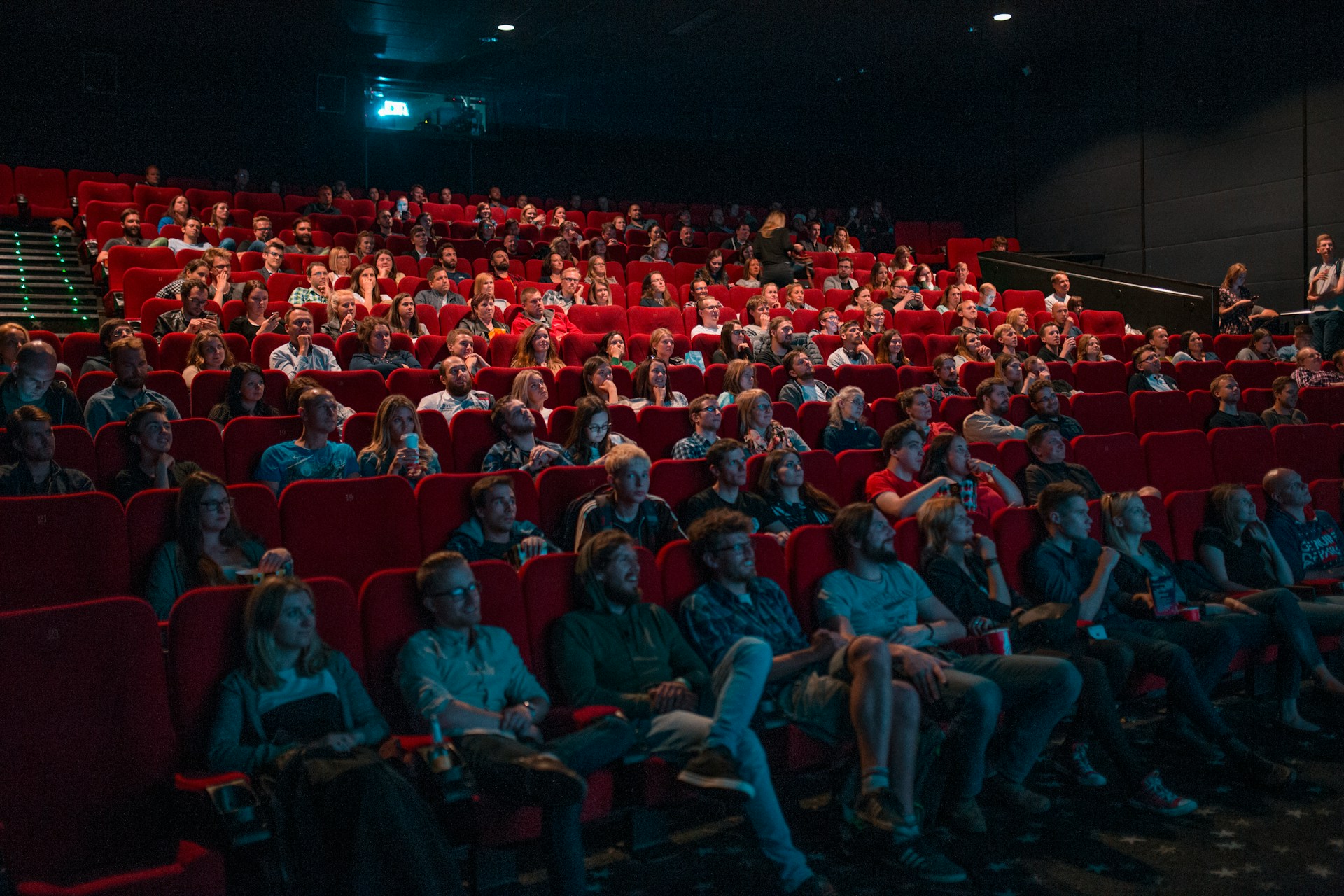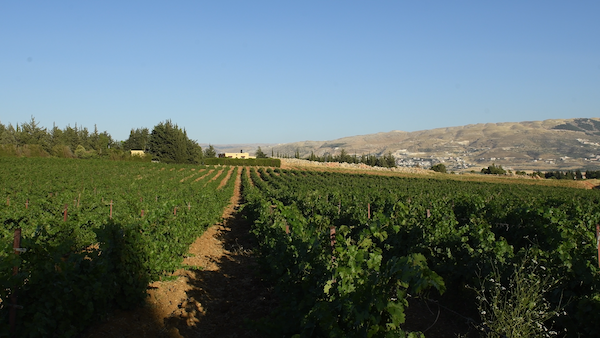Laying the Foundation to Build Your Film Audience: Part 3 - Pathways to Connection

[In the previous installments of this series, we introduced the TAO framework for documentary distribution and explored its foundational elements: uncovering your true intent and discovering your real audience. Now, with these essential insights established, we're ready to build the bridges that will connect your film with its viewers.]
With your creative purpose clear and your audience identified, it's time to focus on the "how"—the channels that will carry your work to those audiences, the relationships that sustain connection, and the practical implementation that turns vision into reality. These next steps are about creating pathways that are simple, sustainable, and most importantly, aligned with your creative purpose.
Large exposure and prestige doesn't equal impact—reaching the right audience through the right channel does.
Step 3: Design Your Channels' Flow
With your creative intent uncovered and your real audience mapped, the next question is: how will you reach them? Now, you can evaluate possible pathways not by trend or convenience, but by strategic fit. This is where many filmmakers go wrong—chasing platforms because they're prestigious or popular, rather than because they truly connect with their intended audience. Let's be honest, the probability of being on Netflix is very slim. And maybe that's a good thing.
Today's distribution landscape is fragmented yet full of possibility. Beyond the familiar territory of theatres, streamers, and broadcasters lies a rich ecosystem of community spaces, educational institutions, corporate partnerships, and direct-to-audience models. Each channel creates different kinds of relationships with viewers and offers different types of value.
The key is alignment. When I started reaching out to media outlets for my short documentary Displaced, I thought they would be interested in the film. It was timely, the theme of displacement being something experienced across the world. Yet, I got no answers, and when I did, it was not the right fit.
My second channel was educational institutions, which turned out to be more welcoming. This experience taught me that large exposure and prestige doesn't equal impact—reaching the right audience through the right channel does.
Many filmmakers feel pressured to pursue a multi-platform strategy, spreading their limited resources across too many channels. There's wisdom in focus. A single channel that perfectly aligns with your purpose and audience can create more meaningful impact than five channels that partially fit. Always weigh the cost/benefit ratio for your resources allocation.
In this step, we'll cover:
- A map of today's distribution landscape
- Channel selection methodology based on audience access
- Multi-platform vs. focused strategies
- Blending traditional and emerging approaches
The question isn't "Where can I place my film?" but "Where will my film's purpose be most fully realized?" When you frame distribution choices as extensions of creative intent rather than separate business decisions, the path forward becomes surprisingly clear.
Step 4: Connect through Meaningful Relationships
Audience development isn't a campaign—it's a conversation.
Building direct relationships with your core audience means finding ways to engage before, during, and after your film's release. For my cinema vérité documentary outreach, this means creating opportunities for film students to participate in the conversation—perhaps through virtual Q&As, teaching materials that accompany the film, or invitations to share their own work inspired by these pioneers.
Here is an example of how building audience relationship early can work with a documentary filmmaker focused on environmental justice issues. Rather than pursuing traditional press coverage, she identifies three community organizations directly affected by the issues in her film. Six months before completion, she begins sharing rough cuts, incorporating feedback, and developing companion materials with these partners. By the time the film premiered, she has a dedicated audience of advocates who see themselves not just as viewers but as collaborators in the film's mission. They organize screenings, created curriculum based on the film, and ultimately help secure policy meetings that might never have happened otherwise.
The key is starting early and creating genuine exchange. Each partner organization receives something valuable—visibility for their work, media they could use in their advocacy, a platform for community voices—and in return, they amplify the film's reach and impact far beyond what traditional marketing could have achieved.
This step explores how to:
- Form direct, lasting relationships with your core audience
- Identify partners who share your mission
- Create meaningful exchanges of value
- Build sustainable communities around your work
When seeking potential partners, look beyond the obvious organizations to those whose missions align with your film's deeper themes. A documentary about urban transformation might find natural partners in architecture schools, city planning departments, or community development corporations. The strongest partnerships emerge when both sides see clear benefits aligned with their core purposes.
This relationship-building work is the connective tissue between intent, reach, and long-term impact. It's not just marketing—it's community architecture. The community you build around one film becomes the foundation for your next. This transforms the filmmaker's journey from a series of isolated projects into a continuous dialogue with an expanding community of engaged viewers.
Step 5: Implement with Purpose
This is where strategy meets reality. Filmmakers, and entrepreneurs alike, have beautiful vision and grand dreams of changing the world. However, their budget and team size could support perhaps a quarter of what they'd planned. That gap between ambition and capacity is where most distribution efforts falter.
The art of implementation is choosing what's both meaningful and manageable.
This requires honest assessment of your resources—financial, yes, but also your time, skills, and access to support.
Tactical planning on a lean budget means prioritizing activities that directly advance your purpose. For my cinema vérité documentary, a single well-designed educational package sent to carefully selected film schools might create more lasting value than a scattershot approach across multiple channels.
In this step, the objective is to turn your insights into action through:
- Tactical planning on a lean budget
- Timelines and milestone development
- Measurement tools tied to intent
- Feedback loops that inform future action
The measurement tools you choose should align with your purpose. Box office numbers and streaming counts matter if wide viewership is your goal. But if your purpose focuses on education or social change, different metrics become relevant—curriculum adoptions, policy discussions, or shifts in community conversation.
Perhaps most important are the feedback loops that inform future action. Distribution isn't linear—it's cyclical. What you learn from early audience engagement should reshape your approach moving forward.
The goal isn't perfection—it's alignment. Each implementation decision should flow naturally from your creative intent, connecting with your specific audience through channels that honour both your purpose and your practical reality.
What Makes TAO Different
Unlike traditional distribution advice, the TAO framework:
- Starts with purpose—not platforms
- Integrates audience thinking into the creative process
- Values specificity over scale
- Prioritizes relationships over transactions
- Aligns impact with measurable success
- Works whether you have $500 or $50,000
The TAO framework reclaims connection. It recognizes that the filmmaker who lived with a story for years is uniquely positioned to guide how that story reaches the world.
I developed this approach after watching too many passionate filmmakers become demoralized by distribution processes that felt disconnected from the reasons they made their films in the first place. The conventional wisdom—make something "commercially viable" then hand it off to distributors who know better than you—places filmmakers in a passive role precisely when they should be most active in connecting their work with audiences.
The TAO framework reclaims this connection. It recognizes that the filmmaker who lived with a story for years, who understands its nuances and possibilities, is uniquely positioned to guide how that story reaches the world. Not as a replacement for distribution expertise, but as a vital partner in the process.
Is This Framework For You?
TAO is especially useful for:
- Independent filmmakers seeking deeper audience connection
- Documentary creators with impact goals
- Filmmakers working with limited resources
- Artists who see audience work as part of the creative journey
- Creators building long-term communities—not just one-off campaigns
However, this framework does require commitment. You must be willing to clarify your deeper purpose, focus on specific audiences rather than chasing "everyone," build trust over time, and integrate audience thinking into your entire creative workflow. It asks you to be both artist and architect—shaping not just your film but the bridge that connects it to the world.
The Journey Ahead
In the coming weeks, I'll break down each step of the TAO framework in detail—with examples, worksheets, and practical tools to guide your process. We'll start with Step 1: Define Your Creative Intent, looking closely at the four dimensions that form the foundation of your entire strategy.
This process requires honesty and sometimes difficult choices, but I'll be here to guide you through each step. Some of the work will feel uncomfortable—particularly when we face the gap between our aspirations and market realities. But this discomfort is precisely where growth happens, where we move from wishful thinking to purposeful action.
Begin Your TAO Journey
As we conclude this overview of the TAO framework, I invite you to:
- Reflect on how you currently connect with your audience
- Challenge assumptions about who your film is really for
- Apply the concepts to your own work-in-progress
- Share your reflections in the comments
Your experiences will not only deepen your own understanding but might help fellow filmmakers facing similar challenges. There's something powerful about naming our distribution struggles—moving them from private frustrations to shared learning opportunities.
What specific audience connection challenges have you faced with your films? Whether technical obstacles, strategic uncertainties, or resource limitations—I'd love to hear your stories. They might shape what I write next and help others realize they're not alone in these struggles. Don't hesitate to reach out to me.

